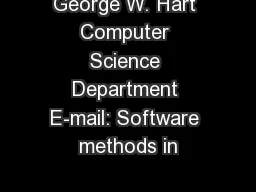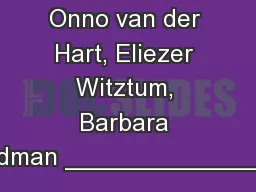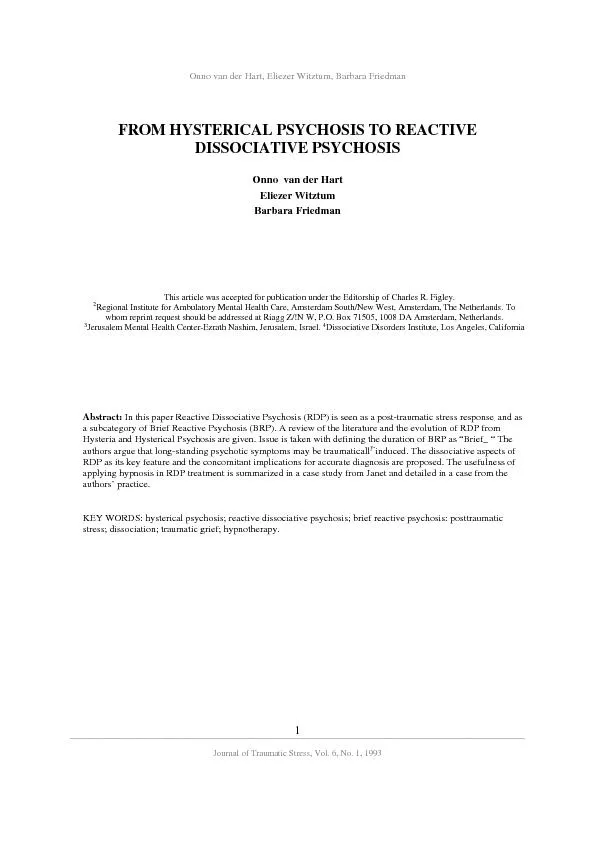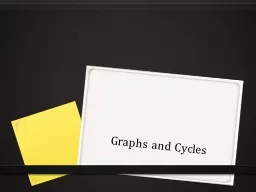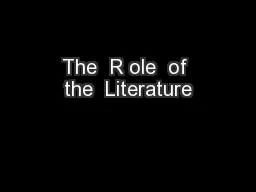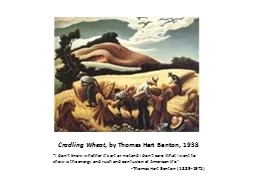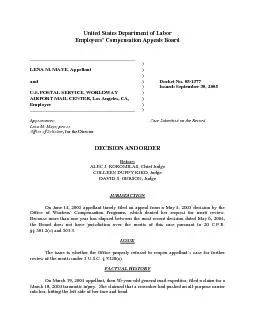PDF-George W. Hart Computer Science Department E-mail: Software methods in
Author : conchita-marotz | Published Date : 2015-10-18
PolyhedronDataDodecahedron The GC format contains various kinds of information so we write functions to extract the data we need The details of these functions are
Presentation Embed Code
Download Presentation
Download Presentation The PPT/PDF document "George W. Hart Computer Science Departme..." is the property of its rightful owner. Permission is granted to download and print the materials on this website for personal, non-commercial use only, and to display it on your personal computer provided you do not modify the materials and that you retain all copyright notices contained in the materials. By downloading content from our website, you accept the terms of this agreement.
George W. Hart Computer Science Department E-mail: Software methods in: Transcript
Download Rules Of Document
"George W. Hart Computer Science Department E-mail: Software methods in"The content belongs to its owner. You may download and print it for personal use, without modification, and keep all copyright notices. By downloading, you agree to these terms.
Related Documents

